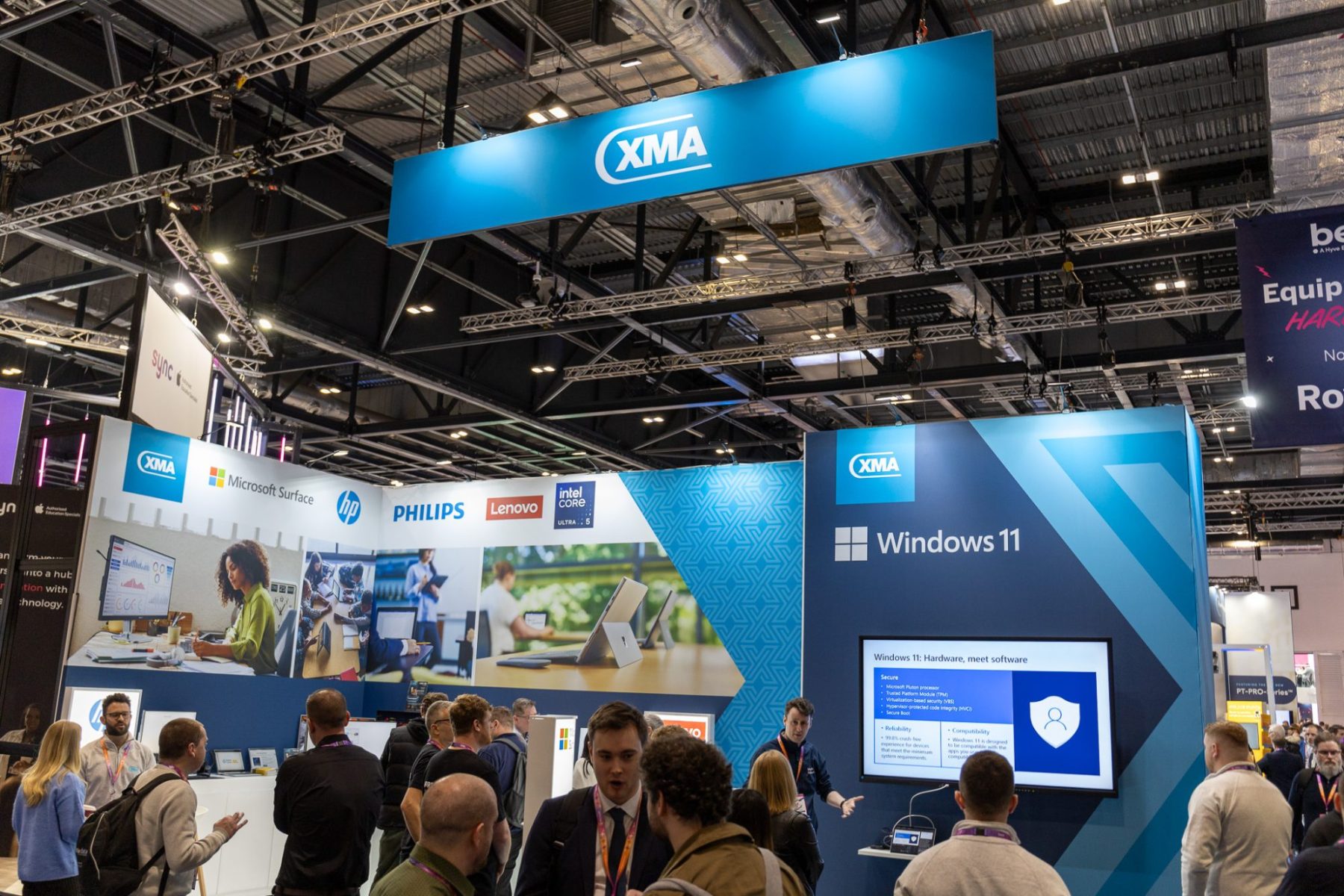Everyone seems to be looking for ways to be more “green” these days – hybrid cars, reusable grocery bags, etc. And those in IT are no exception. Traditional IT environments consume an incredible amount of energy resources, such as power and cooling. The key for organisations focused on moving towards a greener data centre is to emphasise efficiency in energy consumption and efficiency in IT processes and systems. In other words, green IT needs to align to efficient IT.
The road to a greener data centre is paved both by small, incremental changes as well as monumental technology shifts. Advancements in software often naturally lead to more energy efficient data centres. For example, hard drives are now built to consume less power than in the past, new server features help reduce superfluous cooling costs, and data optimization techniques, such as inline and at inception deduplication and compression, lead to efficiencies in processing, storage, and backup.
Hyperconvergence represents a major technology development capable of transforming the data centre into a lean, green, efficiency machine. By converging all IT below the hypervisor, hyperconverged infrastructure immediately makes the data centre more efficient and environmentally sound. The data centre goes from as many as 12 disparate IT components to a single solution, so there is no longer a need to utilise storage space, power resources, or cooling functions on these IT components.
In fact, an IDC whitepaper found 75% of respondents realised an average of a 65% improvement in utilisation of storage resources as a result of hyperconverged infrastructure. In addition, nearly half of surveyed customers realised a 47% reduction in cost of data centre power and cooling expenses.
Though revolutionary, hyperconverged infrastructure is not a rip-and-replace technology as it can be introduced into existing environments as part of normal refresh cycles. For example, a hyperconverged solution can first be deployed in place of traditional data storage as a first step to modernising a data centre, and can later replace additional IT components over time as needs arise. This approach offers an opportunity to simplify the existing infrastructure and the complicated process of updating that infrastructure. Once standardised on a hyperconverged solution like HPE SimpliVity powered by Intel®, IT teams would only have a single product to refresh instead of a variety of separate IT components – which helps explain why 26% of customers in that same IDC study cited the need for fewer tech refresh cycles.
Hyperconvergence has always been focused on simplifying and consolidating the data centre. It’s no surprise that organisations looking to reduce their environmental footprint have discovered significant “green” opportunity in hyperconvergence. The benefits in space utilisation and operational efficiency make it more than worthwhile to implement a hyperconverged solution and transform your data centre into a lean, green efficiency machine.












 Monitoring by Hotjar
Monitoring by Hotjar